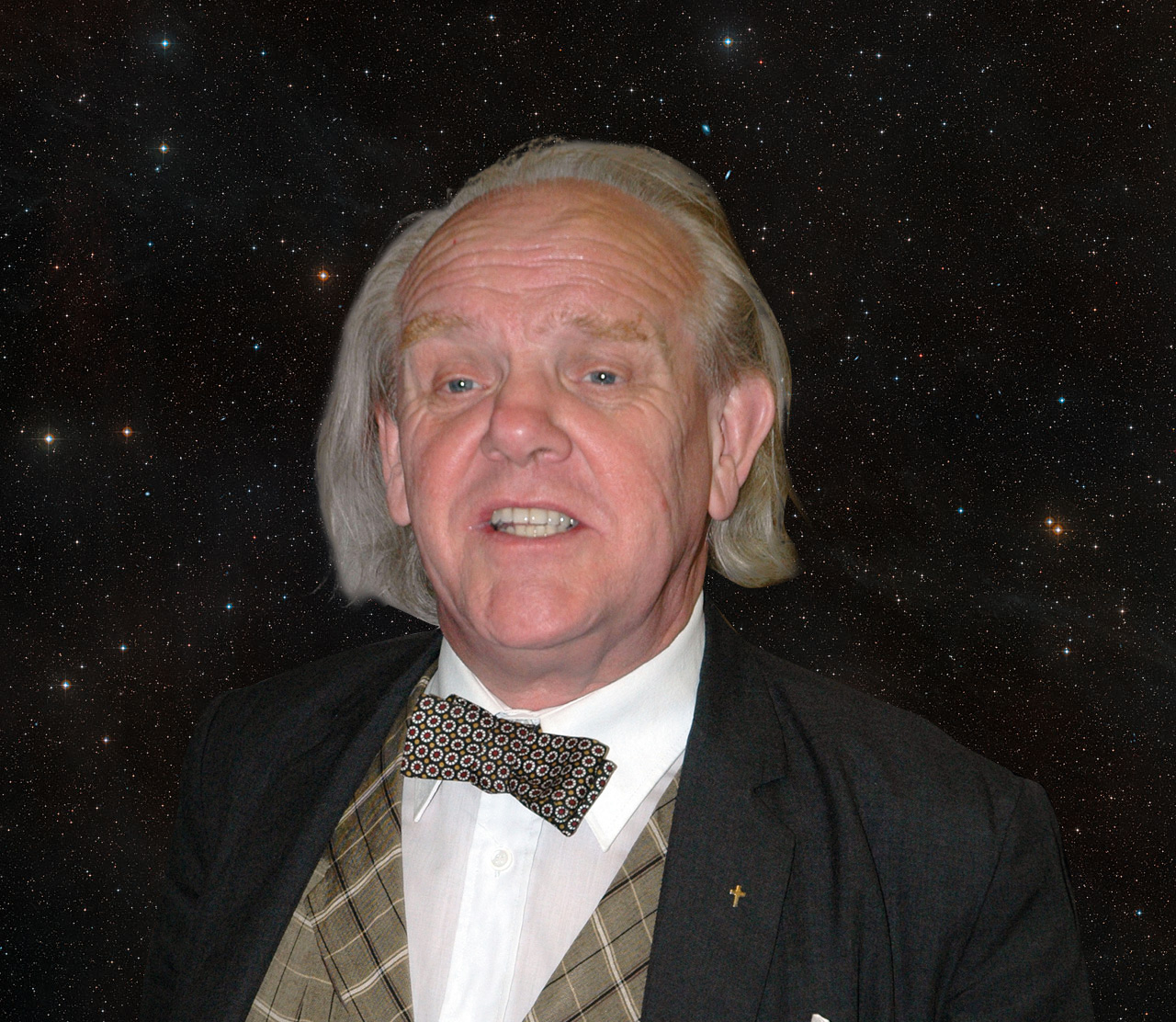In the 1960s some scientists began to look at Stonehenge in a new light.
It seemed that if you took all the precision survey data about the locations of stones and filled-in holes on the Stonehenge site, and put them into a computer (a very new research tool 40-odd years ago), all sorts of wonderful things began to emerge.
If this survey data was run alongside modern astronomy programs, for instance, it appeared that the original builders of 2600 BC were sophisticated astronomers.
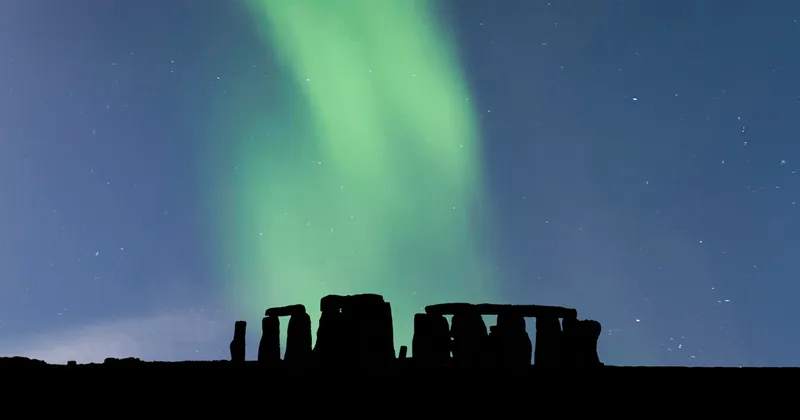
Their ‘neolithic observatory’ on Salisbury Plain could be used not only for finding the sunrise point on midsummer’s day, but also for making calendars, predicting the next eclipse and all manner of other things too.
Indeed, Stonehenge – along with many other ancient stone circles scattered around Great Britain and Europe – appeared to be not only an ancient observatory, but also an astronomical computer.
It seemed that the key to the ‘mystery’ of Stonehenge had been found at last. And let us not forget that the ‘mystery’ was itself ancient.
More history of astronomy:
- Can astronomy explain why the Egyptians built the pyramids?
- The story of the Leviathan at Parsonstown
- Vesta and the Celestial Police
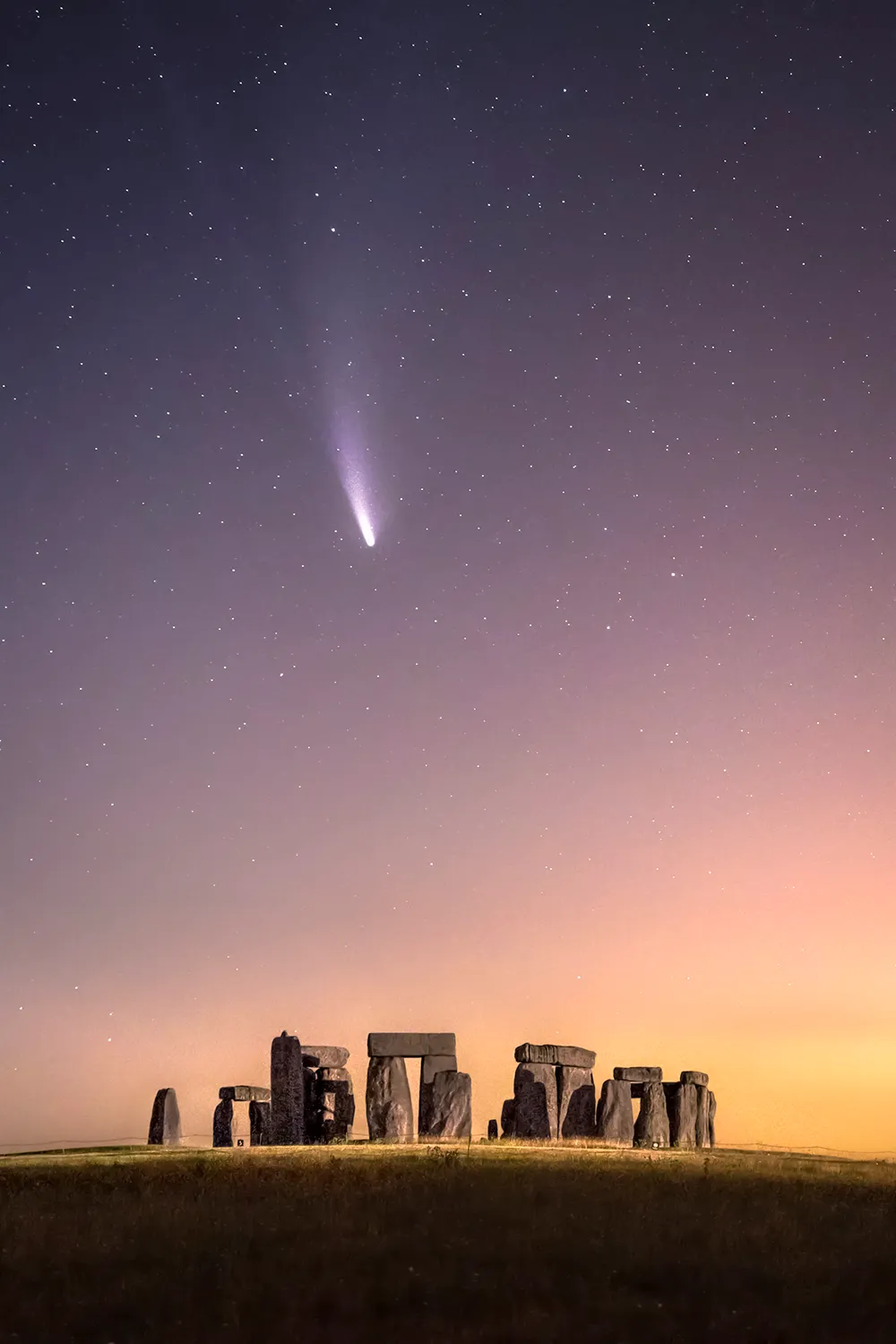
A history of Stonehenge exploration
The 12th-century historian Geoffrey of Monmouth had speculated about Stonehenge’s origin, the Jacobean architect Inigo Jones believed it to be a Roman ruin.
John Aubrey and William Stukeley (more on him later) performed the first surveys and excavations in the decades after 1670.
Indeed, it was Aubrey and Stukeley – with their then total ignorance of pre-Roman Britain and its inhabitants – who first suggested the druids as likely builders, and this myth has stuck.
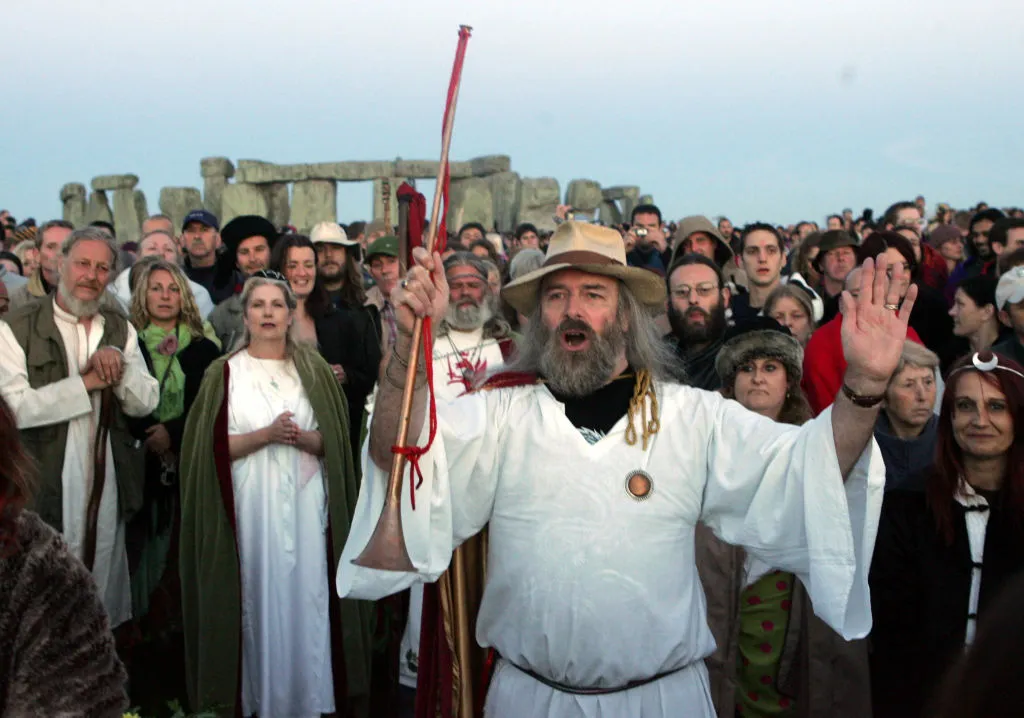
Then in the late 18th century, James Douglas recognised the midsummer sunrise alignment and concluded that Stonehenge must have been an ancient solar temple.
A century after him, the monument became the hobby of the great solar physicist Sir Joseph Norman Lockyer, who made the first accurate surveys and argued that its builders must have possessed astronomical knowledge.
Lockyer’s Stonehenge... Astronomically Considered (1909) in many respects set the scene for that ‘observatory’ approach to the monument, which reached its peak with the computer, and which attempted to date it to 1680 BC using astronomical criteria.
By the 20th century Stukeley’s imaginary druids had become proto-English gentlemen with a flair for architecture and astronomy.
Nowadays most scholars regard the discoveries of the 1960s as over-optimistic.
It is true that the monument does appear to be oriented towards sunrise and sunset, but people are much more cautious about stating what the original builders knew or intended.
So Stonehenge’s ultimate mystery remains...
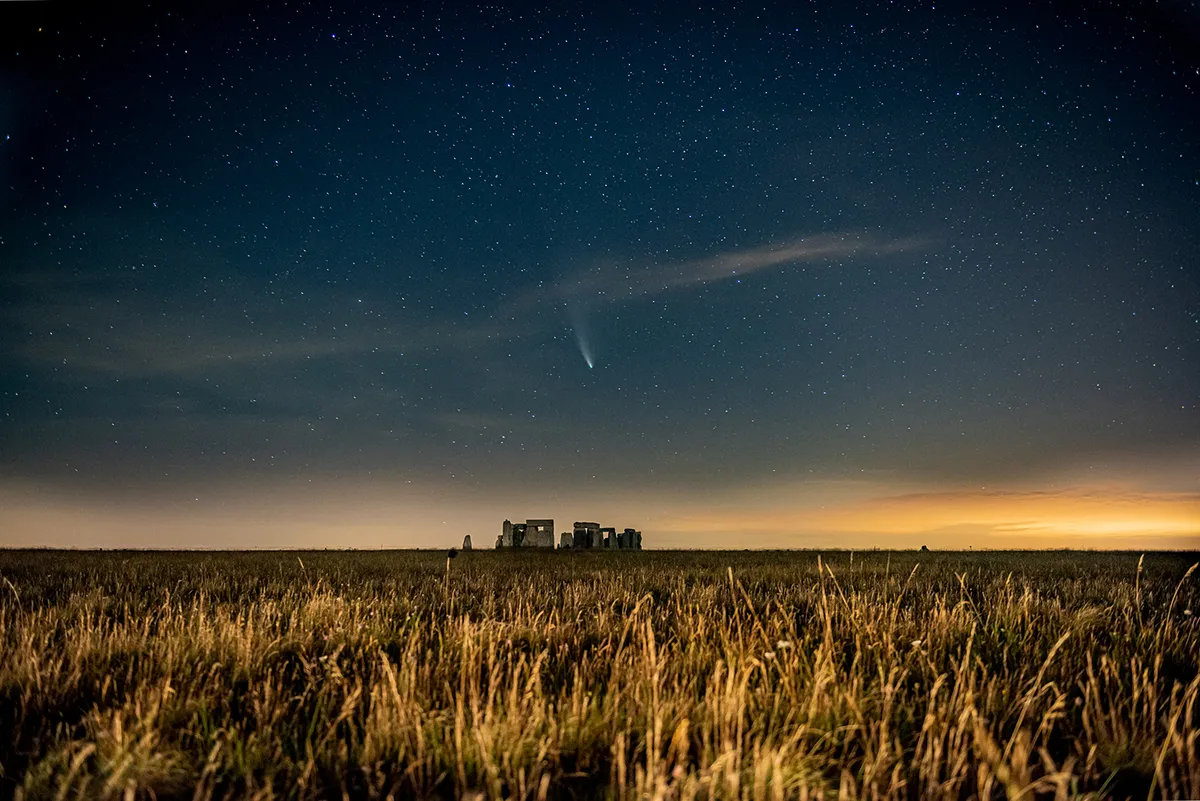
Stonehenge and the solstice
The inexorable crawl towards the summer solstice, when the hours of daylight in the northern hemisphere are at their greatest, has long been considered the inspiration for ancient Britons to build the magnificent structure of Stonehenge in Wiltshire.
But this may not be the case: research suggests that Stonehenge was erected to celebrate the solstice at Midwinter, when the days are at their darkest.
Over the centuries, interpretations of the purpose of this great monument on Salisbury Plain have ranged from a mausoleum constructed by the wizard Merlin to an astronomical computer, and even a UFO landing site.
As the British archaeologist Jacquetta Hawkes once wrote: “Every age has the Stonehenge it deserves – or desires.”
One of the certain facts about Stonehenge is that it is symmetrical about a line that runs southwest to northeast.
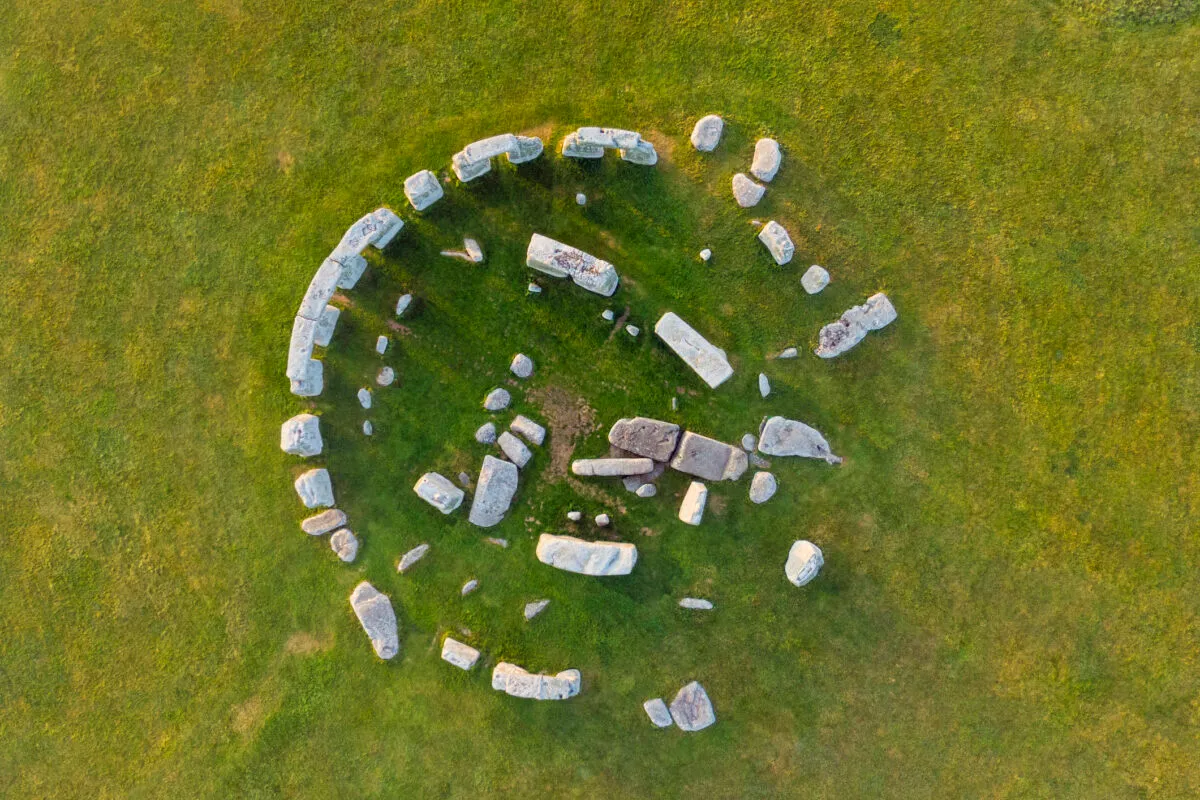
If you stand in the middle of the stone circle, and look to the northeast, you’ll see the Sun rising over an outlying pillar – the Heel Stone – on the days around Midsummer.
And that’s when you’ll find the druids celebrating each year.
But Clive Ruggles, emeritus professor of archaeastronomy at the University of Leicester, begs to disagree.
“I have no doubt that the solstitial alignment was part of the significance of Stonehenge,” he says.
“But there are several reasons to suppose that it was actually the opposite direction – towards Midwinter sunset – that was the most significant.”
Indeed, if you stand near the Heel Stone and look towards Stonehenge, you can view the equally stunning sight of the Sun setting behind the massive stone arches on the afternoon of the winter solstice.
Stonehenge: Midsummer or Midwinter solstice?

So which solstice did the builders of Stonehenge have in mind, when they erected the giant megaliths around 2,500 BC?
One problem with the Midsummer idea is that the Sun doesn’t actually rise behind the Heel Stone.
It emerges above the horizon somewhat to the left; and then passes well over the top of the Heel Stone.
The Midsummer sunrise actually lies in the centre of the Avenue, a broad band of grass bordered by low earthworks that stretches away uphill. But from within Stonehenge, the Avenue is almost impossible to discern.
On the other hand, if you stand at the far end of the Avenue, its banks lead your eye right down to the central arches of Stonehenge where the Midwinter Sun sets.
Archaeologists have now confirmed that the Avenue lies over a set of long natural grooves in the chalk bedrock, hollowed out during the last Ice Age.

Back in the days when this was an empty plain, people would have noticed that these gullies lined up with location of Midwinter sunset. It was like a natural runway where the Sun landed at the turn of the year.
It was a find of huge significance to its discoverer, archeologist and director of the Stonehenge Riverside Project Mike Parker Pearson.
"We had stumbled upon the reason why Stonehenge is where it is," enthused Parker Pearson in his book Stonehenge.
"There [at the end of this runway], facing the Midwinter sunset, they constructed a circular enclosure, whose roundness echoed that of the Sun and the Moon."
Clinching evidence appears to come from the nearby Durrington Walls, the Neolithic settlement where the people who built and used Stonehenge are thought to have lived.
Analysis of pigs’ teeth found at the site – the remnants of huge parties – suggest that most of the animals were around nine months old when they were slaughtered; given that pigs give birth in spring,
Parker Pearson concludes that "people were here, feasting on pork, at Midwinter – most likely around the Midwinter solstice".
Stukeley's Stonehenge Midsummer theory
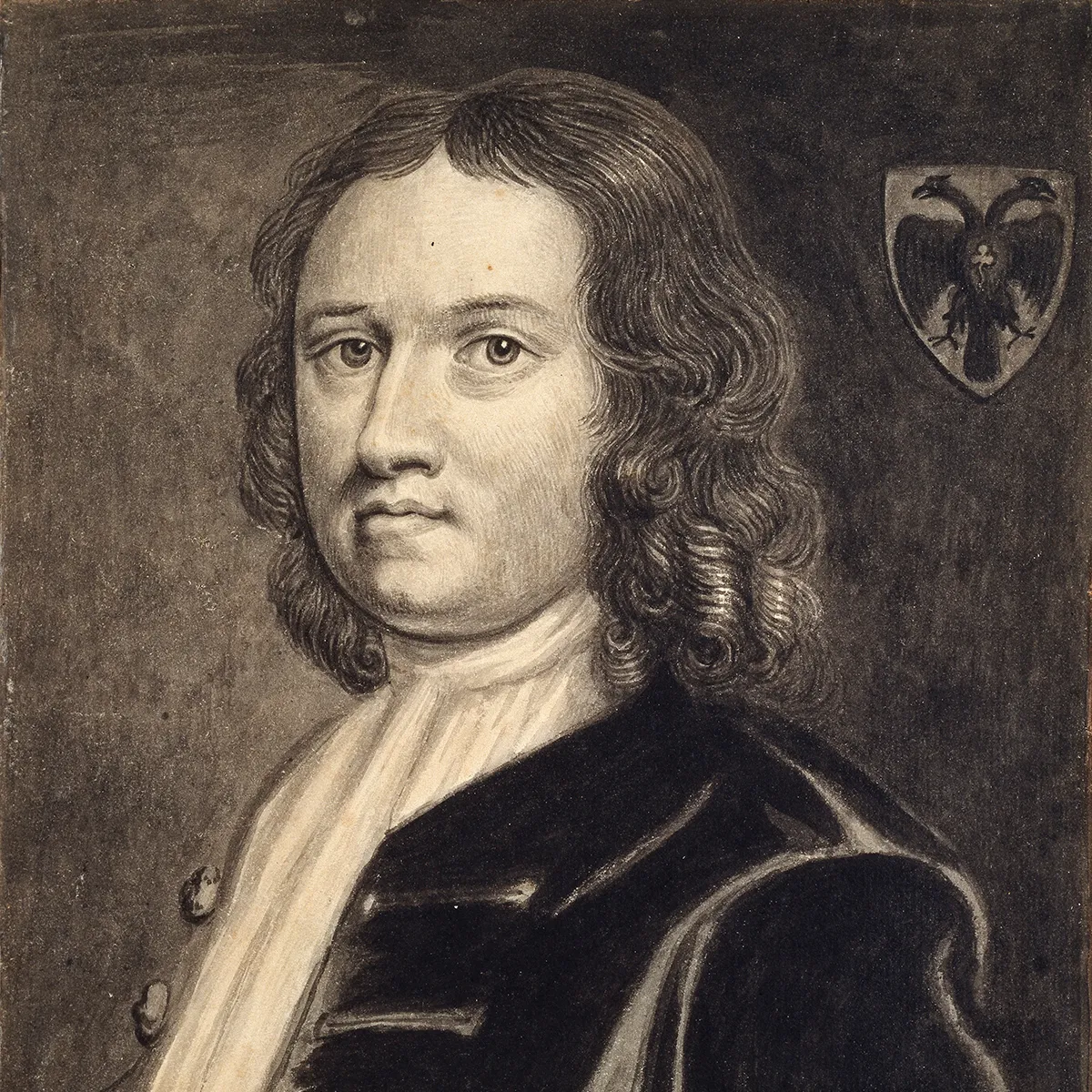
So why has the idea of Midsummer worship at Stonehenge become so engrained? It’s all down to the 18th-Century antiquarian William Stukeley, who first linked this monument with the solstices.
His findings on the "principal diameter or groundline of Stonehenge, leading from the entrance, up the middle of the temple, to the high altar" are related in his 1740 work Stonehenge: A Temple Restor’d to the British Druids.
As he describes it, this line runs southwest, in the direction of the Midwinter sunset.But Stukeley ignored this obvious alignment.
Instead, he turned round and looked the other way, to deduce "the intent of the founders of Stonehenge was to set the entrance full northeast, being the point where the Sun rises, or nearly, at the summer solstice."
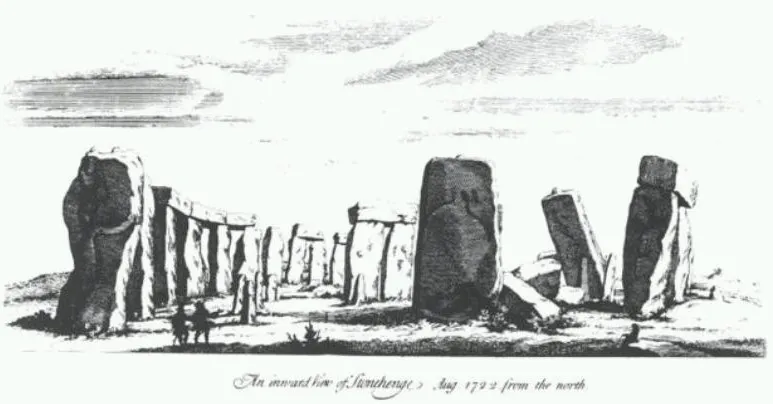
The reason for this volte face doesn’t lie in Stukeley’s scientific curiosity, but in his role as an early Freemason.
The west has negative connotations in Freemasonry, because it is the direction of death.
On the other hand, the east is all important: because 'the Blazing Star' (the Sun) appears there.
As H L Haywood asserts in his 1923 treatise Symbolical Masonry, the east "is the goal, the ultimate destination, towards which the whole Craft moves".
Particularly important is the feast day of St John, which is the Christianised date of Midsummer.With this mindset, it’s perhaps no surprise that Stukeley linked Stonehenge with Midsummer.
Everyone else, scientists and modern-day druids alike, have simply followed suit.
This article is a combination of articles that originally ran in the March 2006 and February 2016 issues of BBC Sky at Night Magazine.
